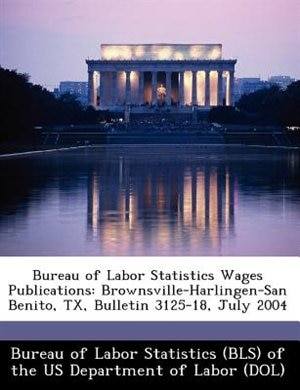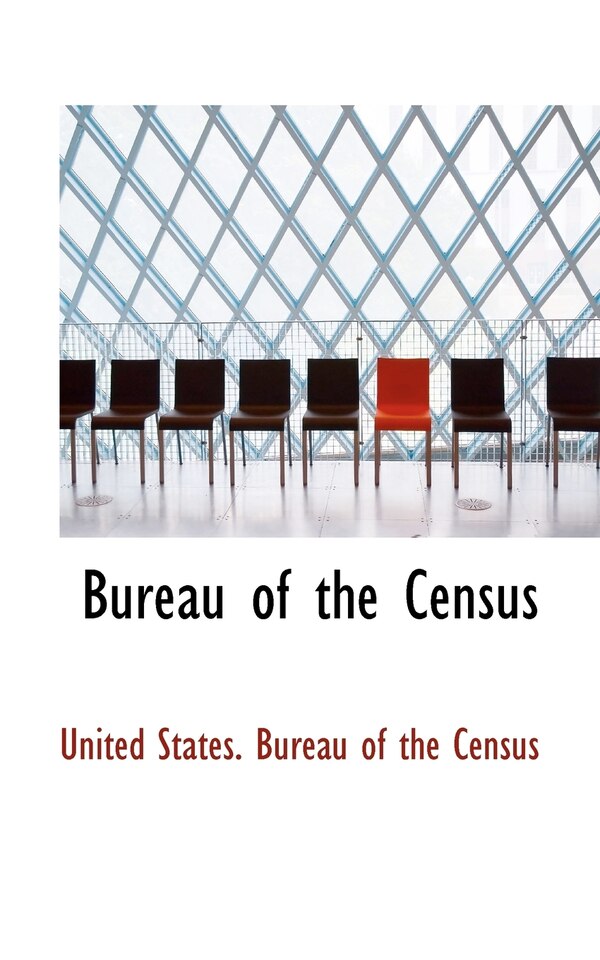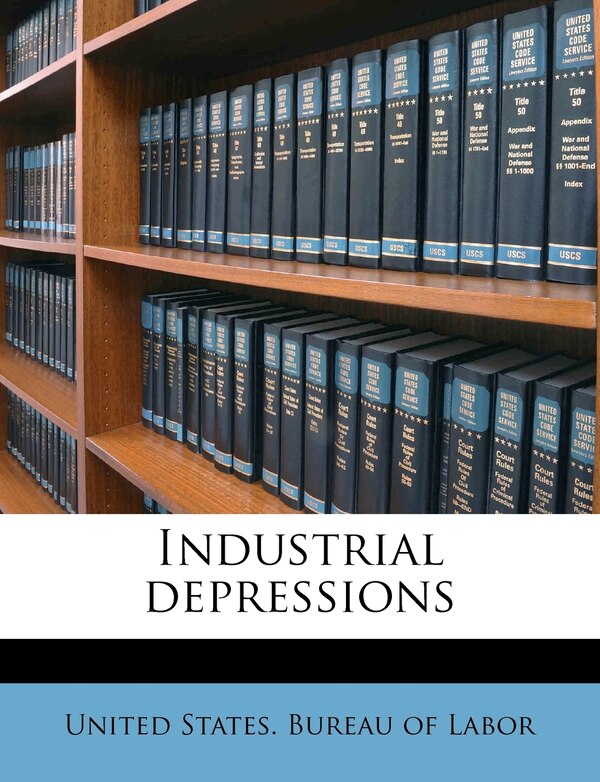Home
Improving The Cpi's Age-bias Adjustment by Us Bureau Of Labor Statistics (bls), Paperback | Indigo Chapters

Coles
Improving The Cpi's Age-bias Adjustment by Us Bureau Of Labor Statistics (bls), Paperback | Indigo Chapters
From Us Bureau Of Labor Statistics (bls)
Current price: $18.99
Loading Inventory...
Size: 0.09 x 9.69 x 0.219
*Product information may vary - to confirm product availability, pricing, and additional information please contact Coles
As a rental unit ages, its quality typically falls; a failure to correct for this would result in downward bias in the CPI. We investigate the BLS age bias imputation and explore two potential categories of error: approximations related to the construction of the age bias factor, and model misspecification. We find that, as long as one stays within the context of the current official regression specification, the approximation errors are innocuous. On the other hand, we find that the official regression specification - which is more or less of the form commonly used in the hedonic rent literature - is severely deficient in its ability to match the conditional log-rent vs. age relationship in the data, and performs poorly in out-of-sample tests. It is straightforward to improve the specification in order to address these deficiencies. However, basing estimates upon a single regression model is risky. Age-bias adjustment inherently suffers from a general problem facing some types of hedonic-based adjustments, which is related to model uncertainty. In particular, age-bias adjustment relies upon specific coefficient estimates, but there is no guarantee that the true marginal influence of a regressor is being estimated in any given model, since one cannot guarantee that the Gauss-Markov conditions hold. To address this problem, we advocate the use of model averaging, which is a method that minimizes downside risks related to model misspecification and generates more reliable coefficient estimates. Thus, after selecting several appropriate models, we estimate age-bias factors by taking a trimmed average over the factors derived from each model. We argue that similar methods may be readily implemented by statistical agencies (even very small ones) with little additional effort. We find that, in 2004 data, BLS age-bias factors were too small, on average, by nearly 40%. Since the age bias term itself is rather small, the implied downward-bias of the aggregate indexes is modest. On the other hand, errors in particular metropolitan areas were much larger, with annual downward-bias as large as 0.6%. | Improving The Cpi's Age-bias Adjustment by Us Bureau Of Labor Statistics (bls), Paperback | Indigo Chapters





















